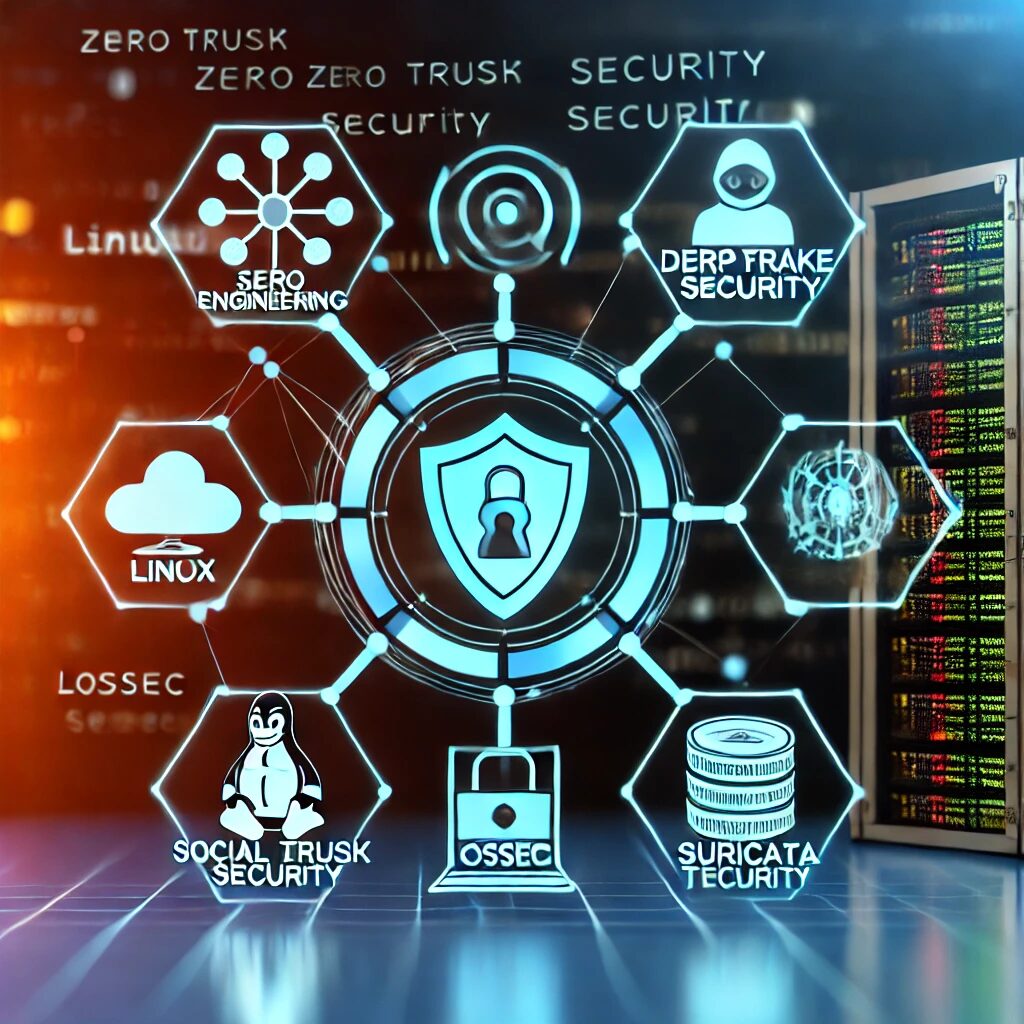Introduction
Cyber threats are becoming more advanced every day, making it crucial to stay informed and prepared. Social engineering and deepfake attacks are two significant concerns that require robust security measures. This guide will show you how to protect against these threats using Zero Trust models and continuous threat exposure management, with practical steps and tools for Linux and network engineers.
Understanding Advanced Cyber Threats
Social Engineering Attacks
Social engineering tricks people into giving away confidential information. This can happen through phishing emails, fake phone calls, or deceptive websites.
Deepfake Attacks
Deepfakes use artificial intelligence to create fake images, videos, or audio. These can be used to impersonate someone, leading to identity theft or fraud.
Zero Trust Models: Never Trust, Always Verify
What is Zero Trust?
Zero Trust means no user or device is trusted by default, whether they are inside or outside the network. Every access request is verified continuously.
How to Implement Zero Trust
- Micro-segmentation: Break down the network into smaller segments and secure each one.
- Multi-factor Authentication (MFA): Require multiple verification methods to access resources.
- Least Privilege Access: Ensure users only have access to what they need for their job.
Tools for Zero Trust
- OpenLDAP: Centralized user authentication and management.
- Vault by HashiCorp: Secure sensitive data with secrets management and data encryption.
Continuous Threat Exposure Management: Stay Vigilant
Why Continuous Monitoring Matters
Regularly review and assess your security to identify and fix vulnerabilities promptly.
Tools for Continuous Monitoring
- OSSEC: Monitors and analyzes system activity for malicious behavior.
- Suricata: Detects network threats in real-time.
Best Practices for Mitigating Social Engineering and Deepfake Attacks
Security Awareness Training
Educate employees about the risks and signs of social engineering and deepfake attacks.
Email Security
- SPF, DKIM, and DMARC: Protect against email spoofing and phishing.
- PhishTank: Verify the legitimacy of suspicious URLs.
Verify Communications
- GnuPG: Encrypt and sign data to ensure the authenticity and integrity of messages.
Detect Deepfakes
- Deepware Scanner: An open-source tool to identify deepfake content.
Practical Examples and Best Practices
Protecting a Linux Server
Multi-factor Authentication (MFA)
- Use Google Authenticator or FreeOTP for MFA on SSH logins.
Continuous Monitoring with OSSEC
- Monitor file integrity, logs, and detect rootkits in real-time.
Network Segmentation
- Use iptables to limit communication between different network segments.
Regular Security Audits
- Perform audits with tools like Lynis to check system security.
Securing a Network
Intrusion Detection with Suricata
- Monitor network traffic and detect suspicious activities.
VLANs for Network Segmentation
- Isolate sensitive network areas using VLANs.
Least Privilege Access
- Enforce minimal access with sudo.
Patch Management
- Automate patching with tools like Ansible or Puppet.
Conclusion
Advanced cyber threats like social engineering and deepfake attacks require proactive security measures. Implementing Zero Trust models and continuous monitoring can significantly enhance your security posture. By using open-source tools and following best practices, Linux and network engineers can effectively protect their systems against these evolving threats. Stay informed, stay vigilant, and always prioritize cybersecurity.


